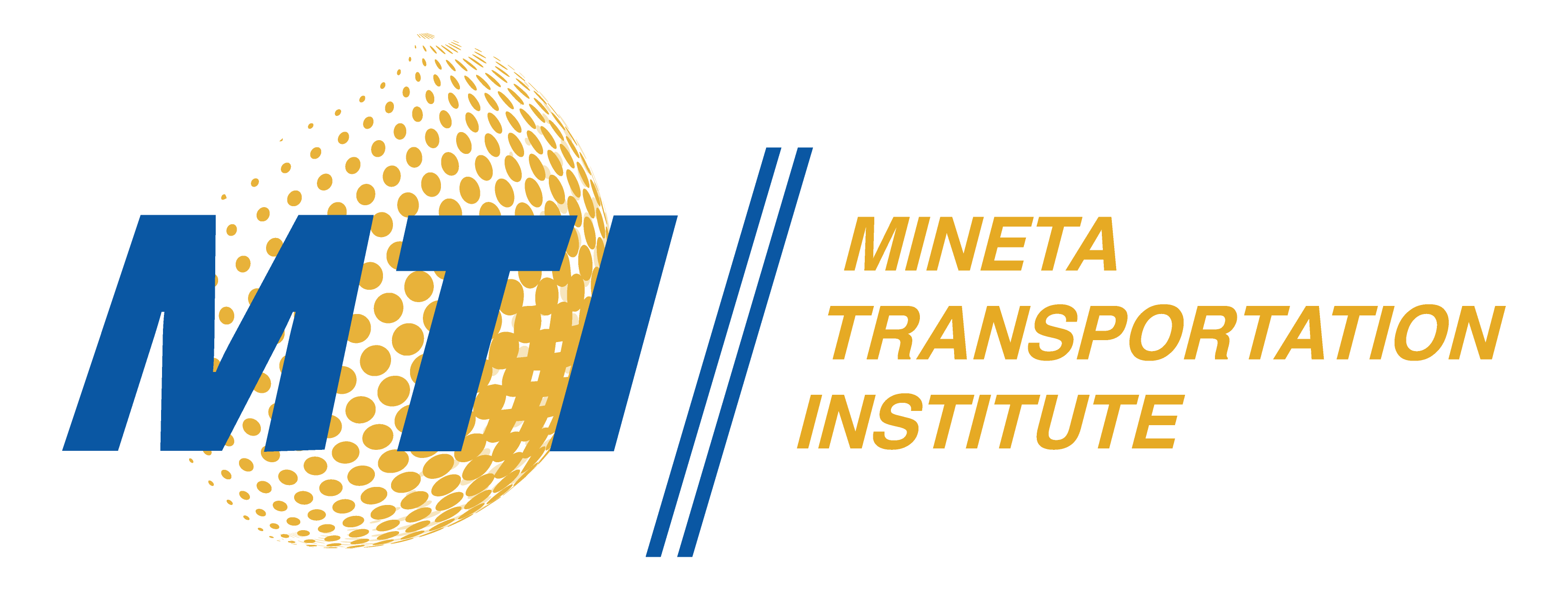Description
Bus transit reliability depends on several factors including the route of travel, traffic conditions, time of day, and conditions at the bus stops along the route. The number of passengers alighting or boarding, fare payment method, dwell time (DT), and the location of the bus stop also affect the overall reliability of bus transit service. This study defines a new variable, Total Bus Stop Time (TBST) which includes DT and the time it takes a bus to safely maneuver into a bus stop and the re-entering the main traffic stream. It is thought that, if the TBST is minimized at bus stops, the overall reliability of bus transit along routes could be improved.
This study focused on developing a TBST model for bus stops located near intersections and at mid-blocks using ordinary least squares method based on data collection at 60 bus stops, 30 of which were near intersections while the remaining were at mid-blocks in Washington DC. The field data collection was conducted during the morning, mid-day, and evening peak hours. The following variables were observed at each bus stop: bus stop type, number of passengers alighting or boarding, DT, TBST, number of lanes on approach to the bus stop, presence of parking, and bus pad length. The data was analyzed and all statistical inferences were conducted based on 95% confidence interval. The results show that the TBST could be used to aid in improving planning and scheduling of transit bus systems in an urban area.
Publication Date
8-2015
Publication Type
Report
Topic
Transit and Passenger Rail
MTI Project
1239
Mineta Transportation Institute URL
Keywords
Total bus stop time, Dwell time, Optimization, Transit bus, Time of day
Disciplines
Transportation
Recommended Citation
Stephen Arhin and Errol Noel. "Development of Bus-Stop Time Models in Dense Urban Areas: A Case Study in Washington DC" Mineta Transportation Institute (2015).
Research Brief

